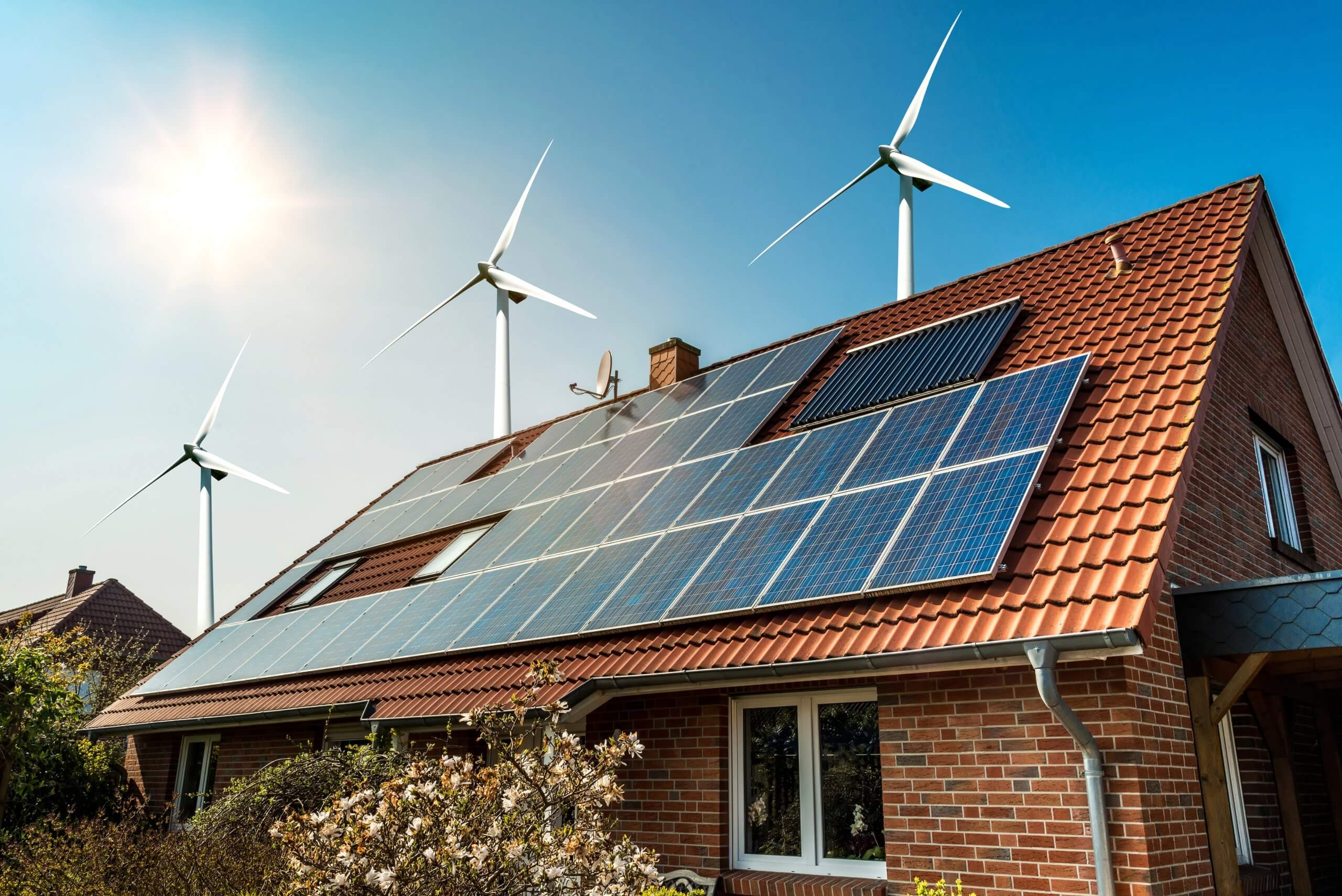
Living a sustainable life is quickly gaining traction these days as the best way to deal with the increased level of degradation in the environment. Homeowners haven’t been left behind in that practice, either, with more of them looking to make their homes sustainable.
If you’re considering doing the same thing, you’ll be glad to know that home sustainability, apart from saving the environment, can help reduce your spending on water, energy, and maintenance of appliances and systems. In addition, it makes your home a much healthier place to live in for you and your family. To get started, take a look at some of the ways you can create a more sustainable home:
1. Use Green And Sustainable Materials
If you’re about to start constructing your dream home, the materials to use would greatly determine whether the construction project will be environmentally sustainable. Ideally, you should only use green materials and products in the construction of your home if you’re hoping to achieve sustainability. This way, you can be sure that your property will demand less power and be more energy-efficient. You also get to reduce any negative impact your home might have on the environment.
The use of green and sustainable materials applies to all the parts of your home, from the cabinets, flooring, charging ring doorbells, and insulation to the counters, walls, and roof and barn insulation. Examples of sustainable products to consider are recycled glass and reclaimed lumber. Steel is an option, and so are natural products such as cork, linoleum, or bamboo, all of which are natural and renewable.
2. Start Reusing And Recycling Items
Tons of waste are produced each year across the globe, and many of those are single-use items. They include common household products such as plastic bags and water bottles. But rather than disposing of them after using them once, you should consider reusing them. Such a seemingly trivial action will make your home a lot more sustainable by allowing you to reduce how much waste you send to the landfill.
Items such as envelopes as well as plastic and paper bags can be reused a couple of times if you keep them clean. Nonetheless, many people tend to immediately throw them away. This isn’t the approach you should take if you want your home to become more sustainable. If you have a recycling bin in your home, consider recycling jars, paper, glass bottles, and similar items.
3. Install Solar Panels

Solar energy is a renewable energy source, so you should consider installing solar panels if you’re serious about making your home more sustainable.
It’s true that the installation of solar panels won’t come cheap. But while this project might cost you a significant sum of money at first, it’s a long-term investment that’ll pay off as the years go by. You’ll be able to save on energy you can get from the main grid. And because electricity prices have been on the rise for the last couple of years and will continue to do so, you can avoid having to deal with that issue by investing in solar panels. What’s more, there are governments that offer subsidies to individuals who turn to green energy.
4. Use Adequate Insulation
Your home’s insulation is among the elements you need to consider if you want to make it more sustainable. After all, a huge part of your home’s energy goes to heating and cooling. Therefore, it makes sense to invest in proper insulation for the sake of lowering your energy use, which would help cut down your electricity expenses.
The main areas of your home that should have excellent insulation include the floor, roof, and walls. With these parts of your home well insulated, you don’t have to worry about air leaks around the ductwork, doors, or windows, which lead to heat loss.
5. Use Energy-Efficient Lighting
Investing in energy-efficient bulbs is another great way of achieving a sustainable home. While many homeowners chose not to get them when they first came out thinking that they won’t help reduce spending on electricity, it’s a sentiment that’s quickly changed in the recent past. Examples of energy-efficient lighting to consider are compact fluorescent lamps (CFL) and light-emitting diode (LED) bulbs.
Takeaway
Many of your everyday life decisions have an impact on the climate and the environment. Therefore, it’s everyone’s responsibility, including you as a homeowner, to play your part to try and make your home more sustainable. This guide outlines what you need to do to lower your home’s carbon footprint and help ensure that the world remains a habitable place for future generations to come.
Jordan Avery
Related posts
Stay connected
- How LoveOn Chat Is Becoming the Most Versatile AI Companion for Digital UsersThe internet keeps shifting toward hyper-personal interaction, and AI companions are at the center of this shift. What used to be simple chatbots are now evolving into emotionally aware, adaptive, and multi-functional digital partners. Among the new generation of platforms, LoveOn Chat is becoming one... The post How LoveOn Chat Is Becoming the Most Versatile […]

